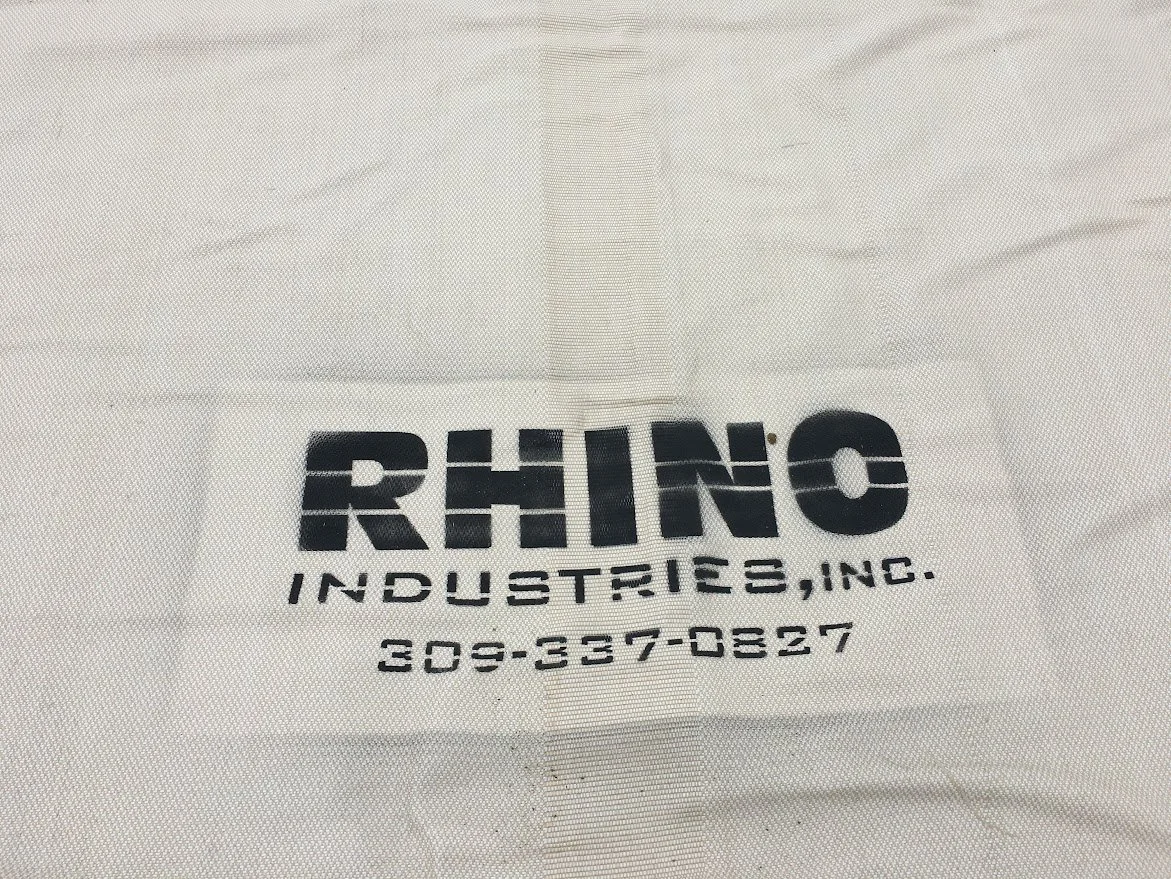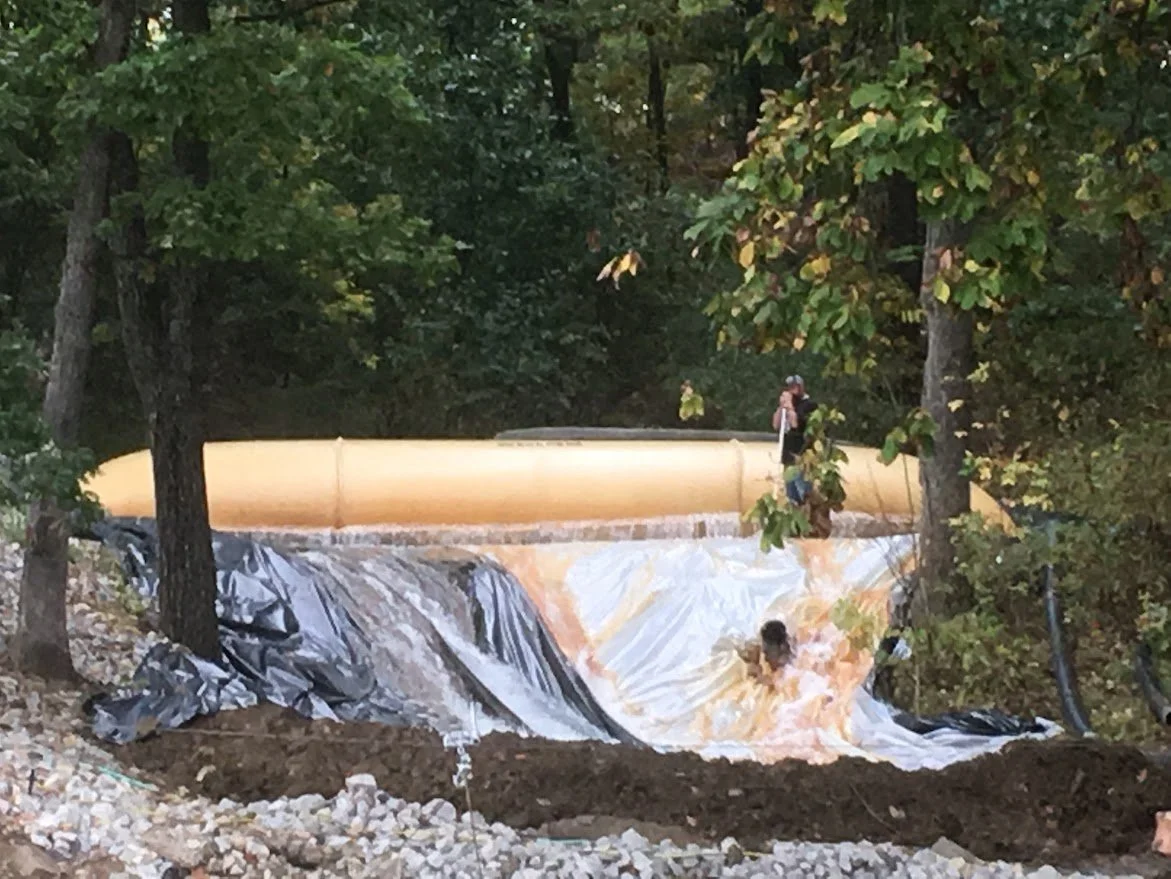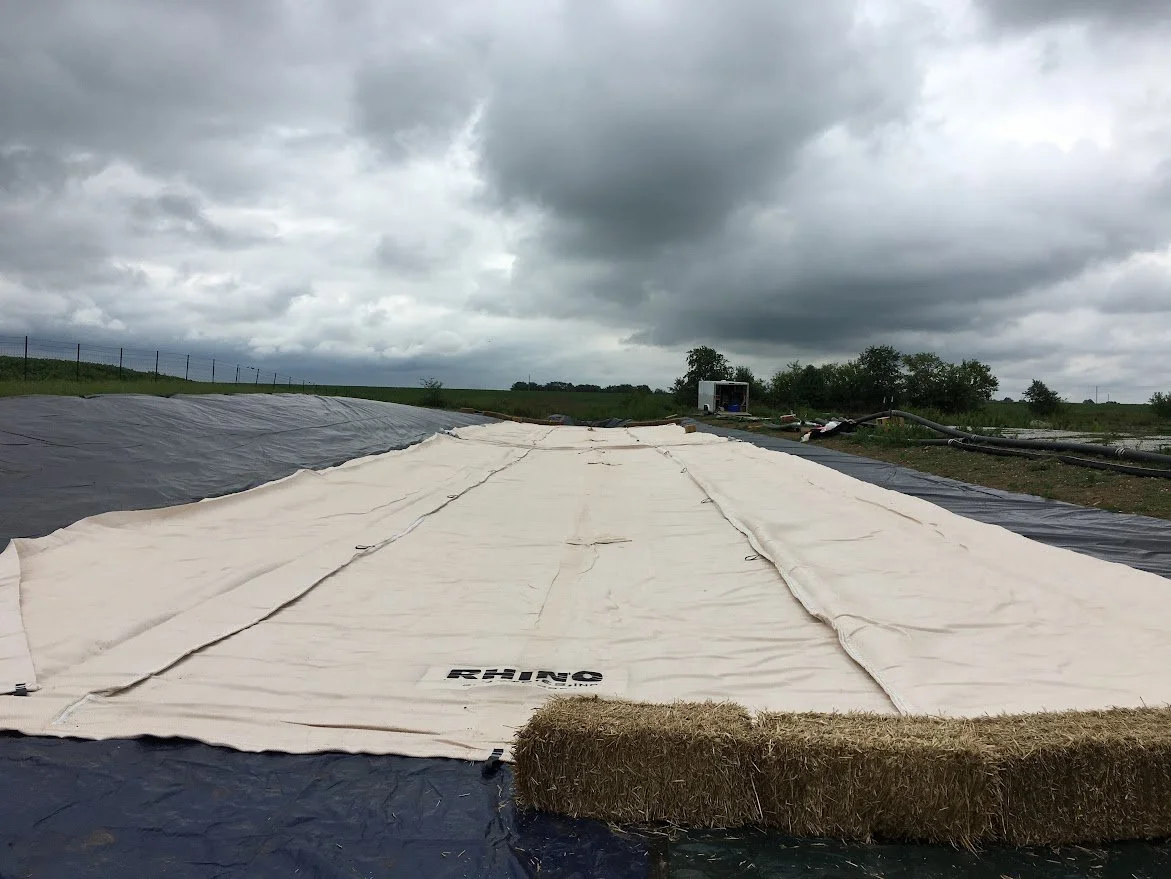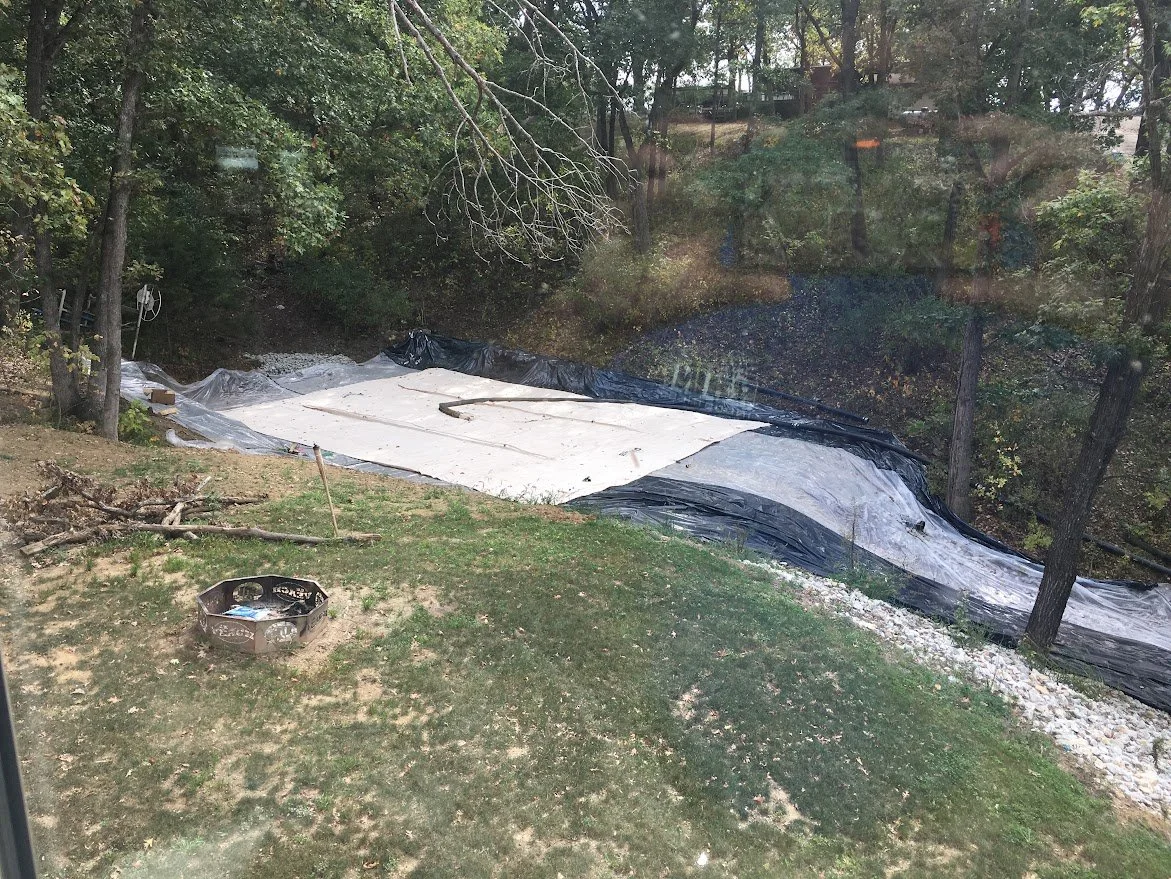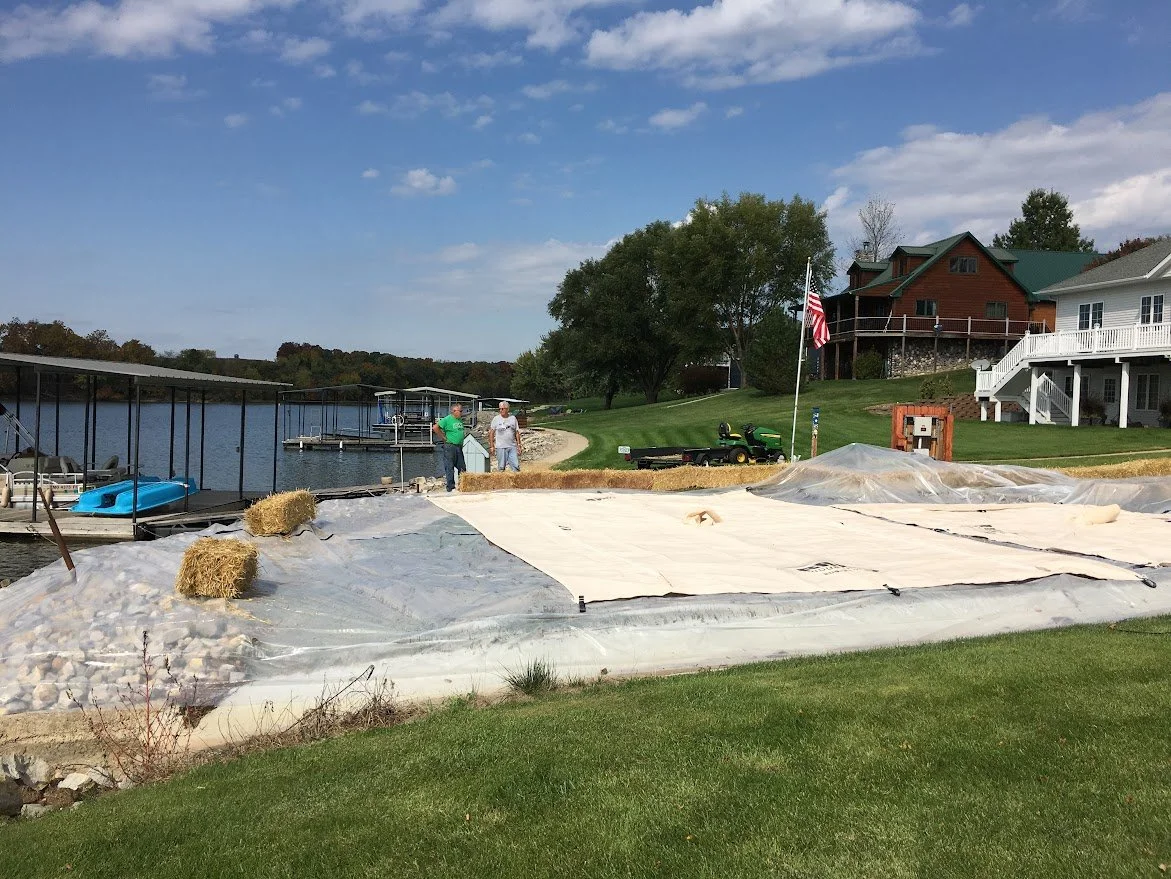Geotextile Tubes and Liners
In the past years, the drawback to sediment removal has been controlling the excess water without causing a large mess. We utilize a combination of geotextile tubes and coagulating and flocculating polymers to allow water to filter out of the geotextile tubes clear. A liner is placed under the geotextile tube to capture and contain the clear water so it may be able to be returned back to the source (where the sediment came from) without causing any environmental impact from drainage into the underlying and surrounding soils.
After the geotextile tube is allowed to sufficiently dewater and dry, the tube can be cut open and the material removed by conventional means of excavation, burial, spread on site or transportation and disposal off-site.
Geotextile tubes and liners are advanced tools employed in water treatment processes, specifically for dewatering and sediment control.
Geotextile Tubes
Operational Mechanism: Sludge or slurry is pumped into the geotextile tube, where water drains out through the permeable fabric, leaving solid particles retained within. Polymers may be incorporated to augment the separation process.
Applications: Geotextile tubes serve functions including sediment removal, shoreline protection, and the construction of structures such as dikes or breakwaters.
Geotextile Liners
Operational Mechanism: Liners function as barriers, preventing water or contaminants from escaping into the surrounding environment. They are constructed from materials like polyethylene or polypropylene.
Applications: Geotextile liners are applied in wastewater treatment plants, mining operations, and agricultural settings to safeguard groundwater and soil quality.
Both geotextile tubes and liners are crucial for managing water quality and reducing environmental impact.

